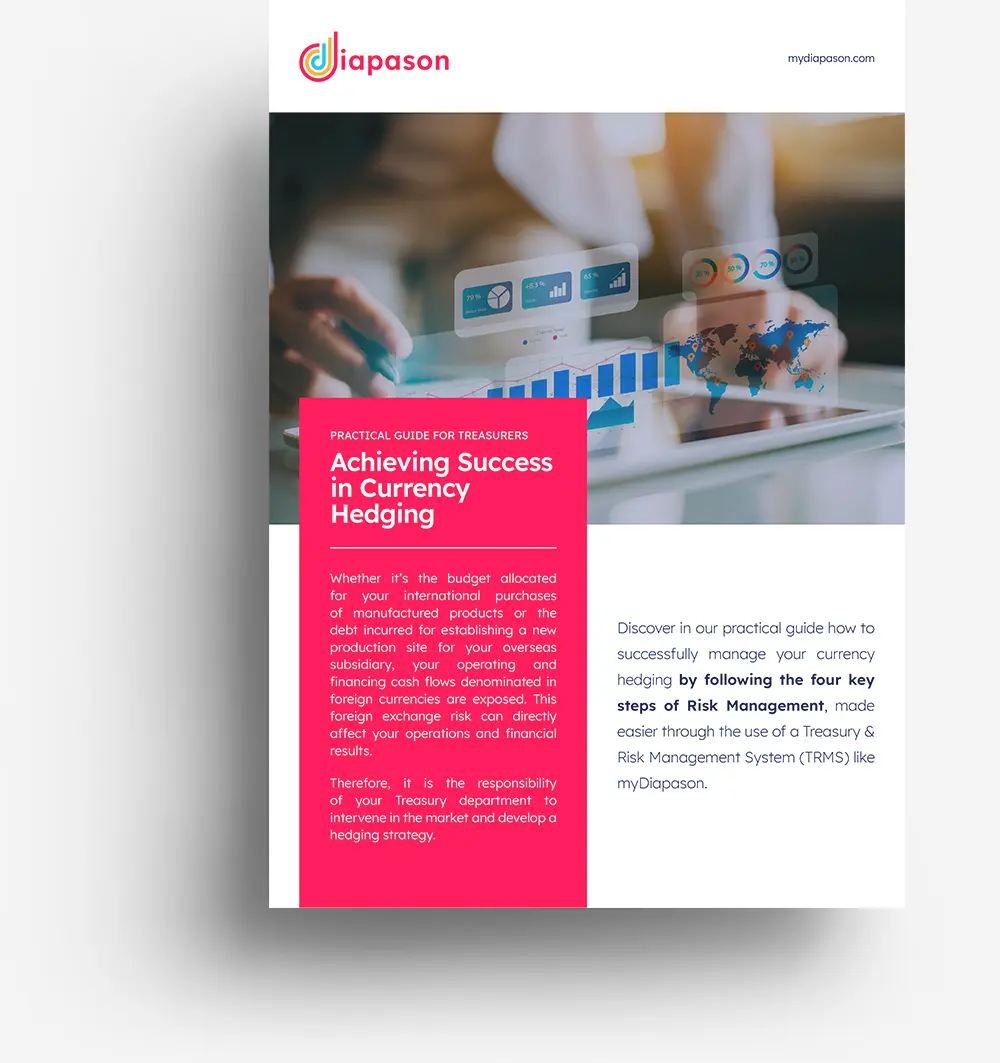The ISO 20022 standard is not a recent development. Introduced in Europe in 2012, this international standard for electronic message exchange between financial institutions and businesses became known during the mandatory transition to SEPA transfers and direct debits (Single Euro Payments Area). It has since been implemented through various banking formats, including international transfers, urgent transactions, XML cash management, and XML account statements.
The transition to the ISO 20022 standard is taking place gradually, with the aim of encompassing all interbank exchanges by the end of 2025.
The ISO 20022 migration: Who is it for and when is it happening?
The ISO 20022 migration is a project aimed at simplification and centralization for banks. Its objective is to promote global convergence of all message standards, enabling different financial services with their own payment systems to communicate seamlessly.
The migration began with interbank systems and banks, and will soon impact businesses. However, the exact timing remains uncertain. As banks update their systems to process ISO 20022 natively, they are urging their clients to migrate their messages to this new standard.
The movement, initiated about a decade ago with the transition to SEPA, is accelerating, and traditional formats are destined to phase out. This project has already commenced and is set to conclude by November 2025.
How Does It Work for Businesses?
The migration to this standard for businesses will commence once their banks have completed the migration. One of the major changes will involve new requirements for addresses. The new regulations mandate the submission of increasingly precise addresses in payment systems to align with ISO 20022 formats.
Legacy formats, like CFONB 320 in France or DTAZV in Germany, are incompatible with these new data requirements and are therefore destined to phase out in the medium term.
What changes will businesses witness emerging?
Firstly, businesses will now have the ability to convey a wealth of information about payments. The ISO 20022 structure allows for multiple references, simplifying the reconciliation of incoming payments with issued invoices. Secondly, the data is more structured, enhancing processing within banks and accelerating the ‘straight-through processing’ (STP) automated processing.
If each participant plays their part, the payment system will become more innovative and efficient.
Why no treasurer should overlook this standard?
Treasurers are tasked with managing IT systems and responding to reporting requests from CFOs or shareholders. This new standard will directly impact these stakeholders. Therefore, it is crucial for the treasurer to keep them informed about the changes so they can anticipate the implementation of new reporting and be proactive on the matter rather than reacting to it.
The ISO 20022 migration is also a significant economic differentiator for the company, as it brings a new level of granularity to reporting, enabling the provision of more information to management and shareholders.
For the treasurer, this migration represents true added value, allowing them to position themselves as a key pillar within the company. In some companies, the treasurer’s role may still be perceived too weakly to be a genuine stakeholder. This migration is, therefore, an opportunity for them to emerge as a leader and emphasize that the treasury function should play a role in the company’s transformation.
While financial reporting is a legal obligation, treasury reporting is a managerial necessity. Any initiatives that strengthen and enhance the value of treasury reporting help treasurers and leadership teams navigate better in this disrupted economic landscape.
What actions to take to benefit from the ISO 20022 standard?
The first step a treasurer should take is to contact their bank to inquire whether it offers the new formats required to replace current formats (such as MT101 for payments or MT940 for reporting), as all formats will be transformed into XML.
Once the formats are identified with your bank, it’s crucial to ensure that your treasury management tool can integrate and handle these new formats. You may need to migrate your solution to facilitate the conversion between fixed and XML formats, enabling the transmission of data to your accounting tool.
In summary, the initial task involves engaging with your banks, followed by collaborating with your IT department or the provider of your Treasury Management System (TMS) to ensure seamless handling of these new formats.
Will the ISO 20022 standard benefit departments beyond treasury?
The next regulation scheduled for businesses is electronic invoicing. This new mandatory regulation starting from July 1, 2024, aims to enhance traceability in exchanges. The digitization will provide companies with the opportunity to optimize their bank reconciliation processes on one hand. On the other hand, it allows them, if they wish, to achieve greater granularity in cash flow forecasting, potentially gaining significant advantages with invoice-level forecasts.
It’s important to note that the ISO 20022 migration only pertains to payment formats. Financial operations will continue using current messaging, and market operations are not included in the scope of the migration.
In essence, companies will undergo a process similar to what they did in 2012 during the transition to SEPA. They will leverage this new regulation to standardize their payment processes and transition to XML.
This regulatory standard, mandated for banks, should be viewed as an opportunity for businesses. It enables system rationalization, enhances productivity, simplifies the banking format, and establishes a single comprehensive format within the organization.
This migration is already taking place within our banks and businesses. The adoption of this new format will enable financial institutions to exchange more detailed data, faster, and in a better-structured format.
About the Author
Célia Tinoco, Marketing and Communication Officer
Célia has joined the Marketing team as a Marketing & Communication Officer. In the content area, she writes in-depth and timely articles on topics related to the treasurer’s profession. Her goal is to provide treasurers with insights to better master their treasury management and support them in their daily tasks.








